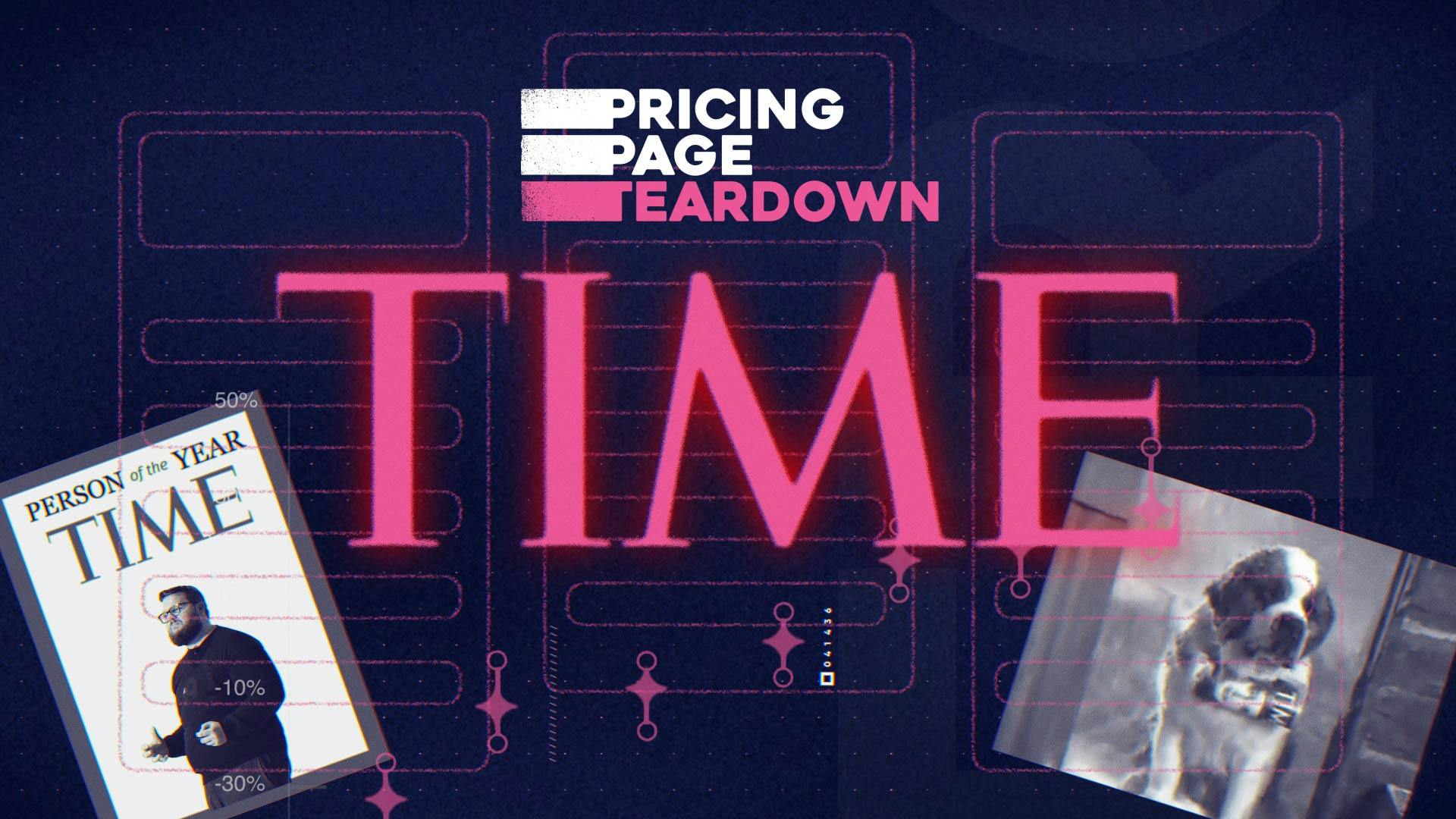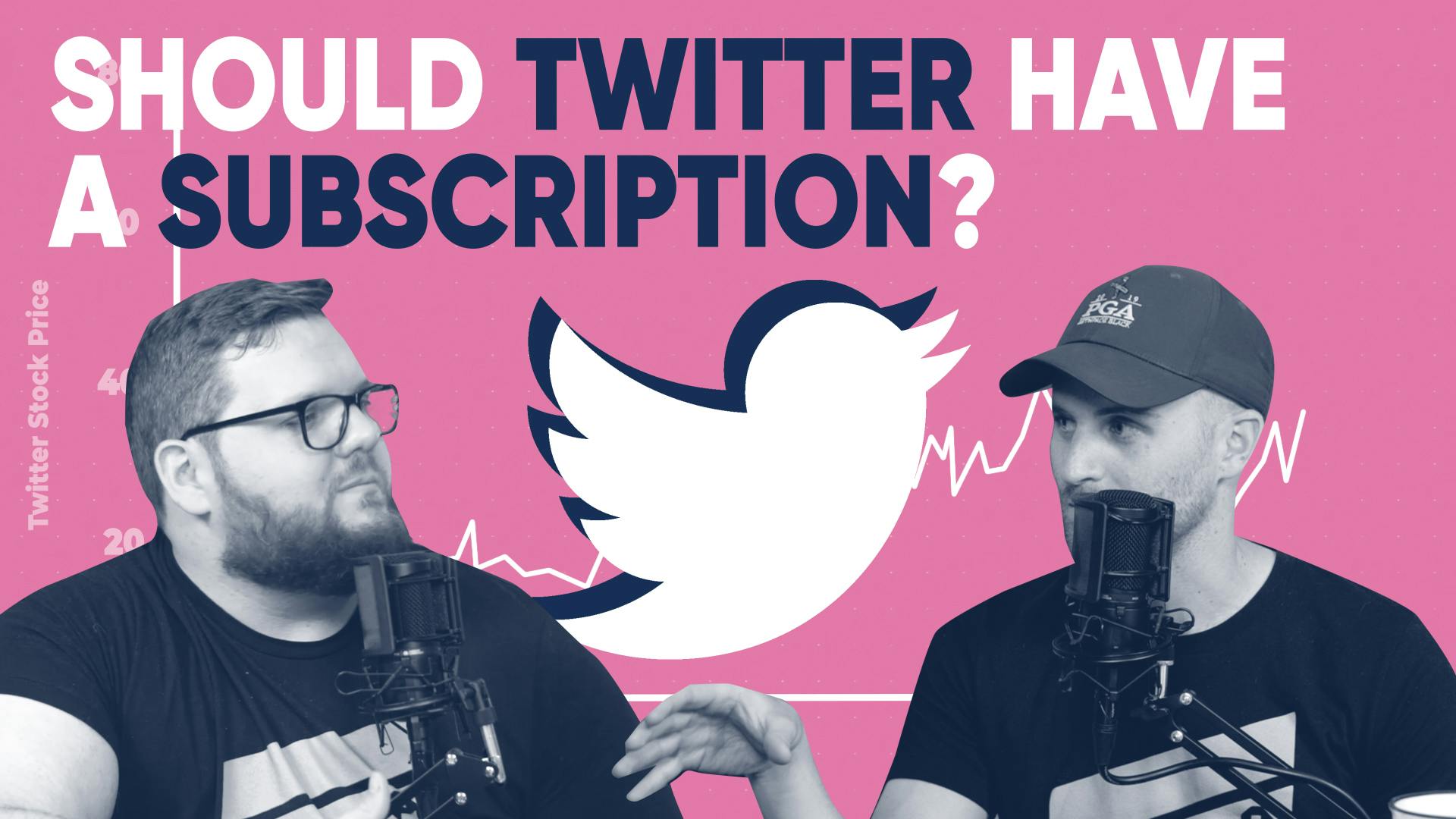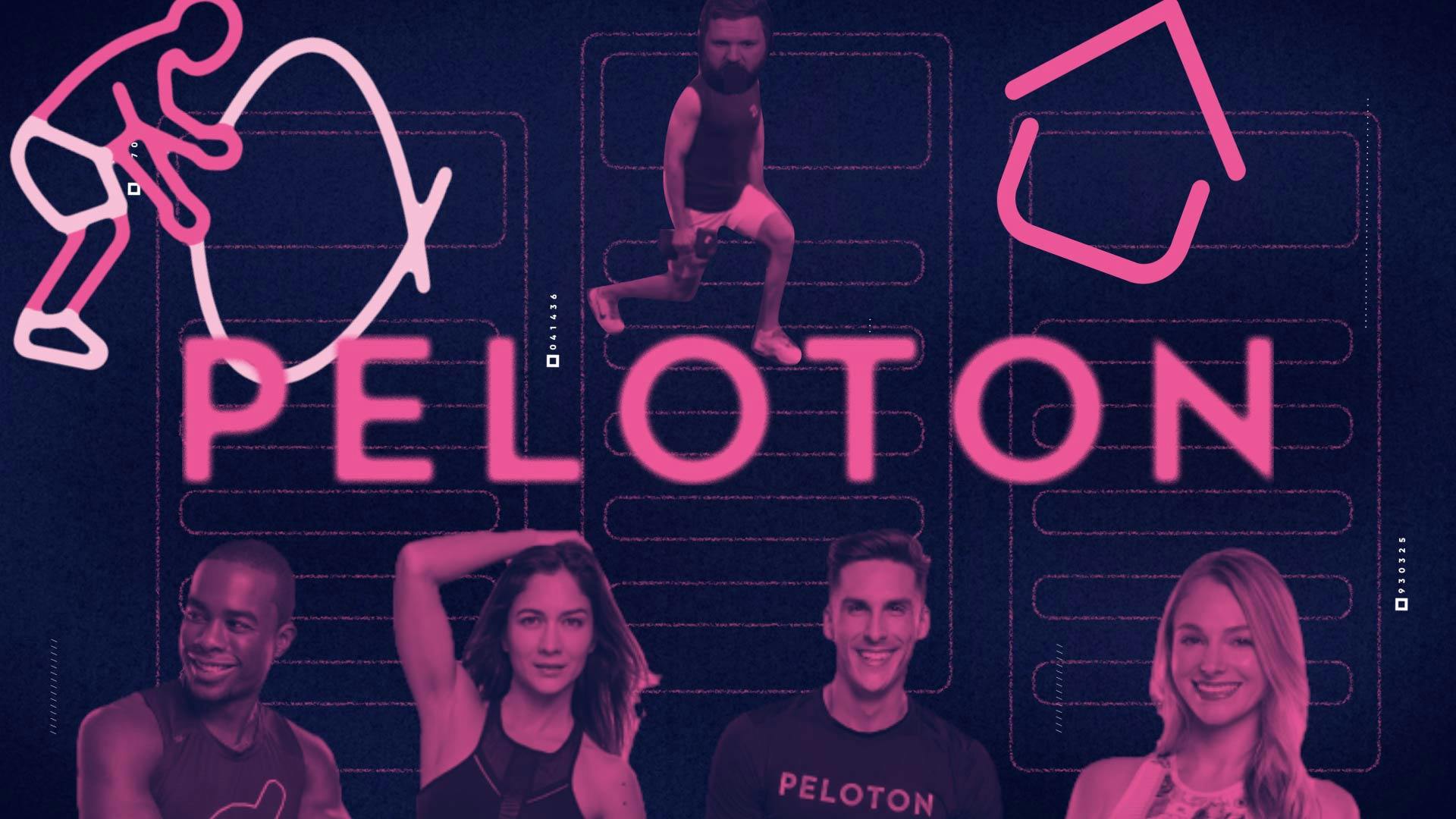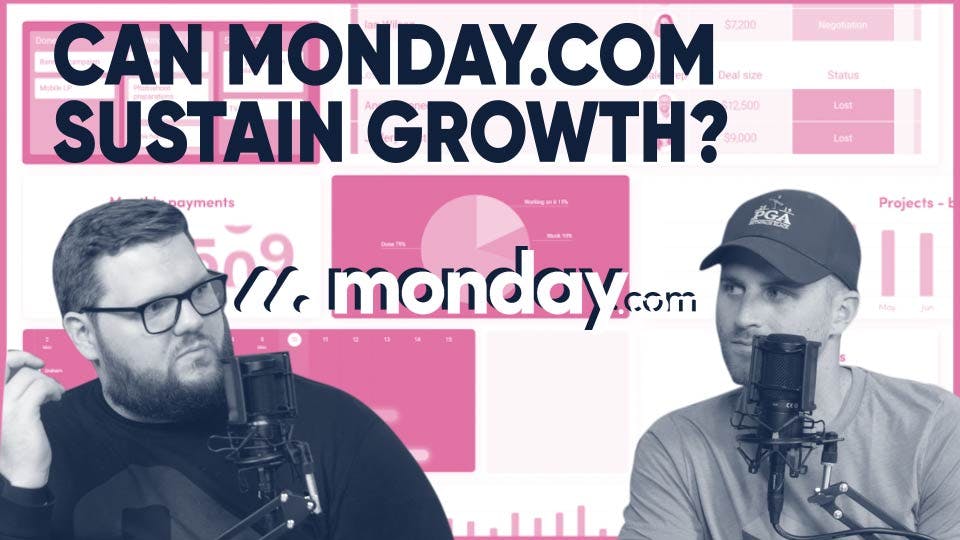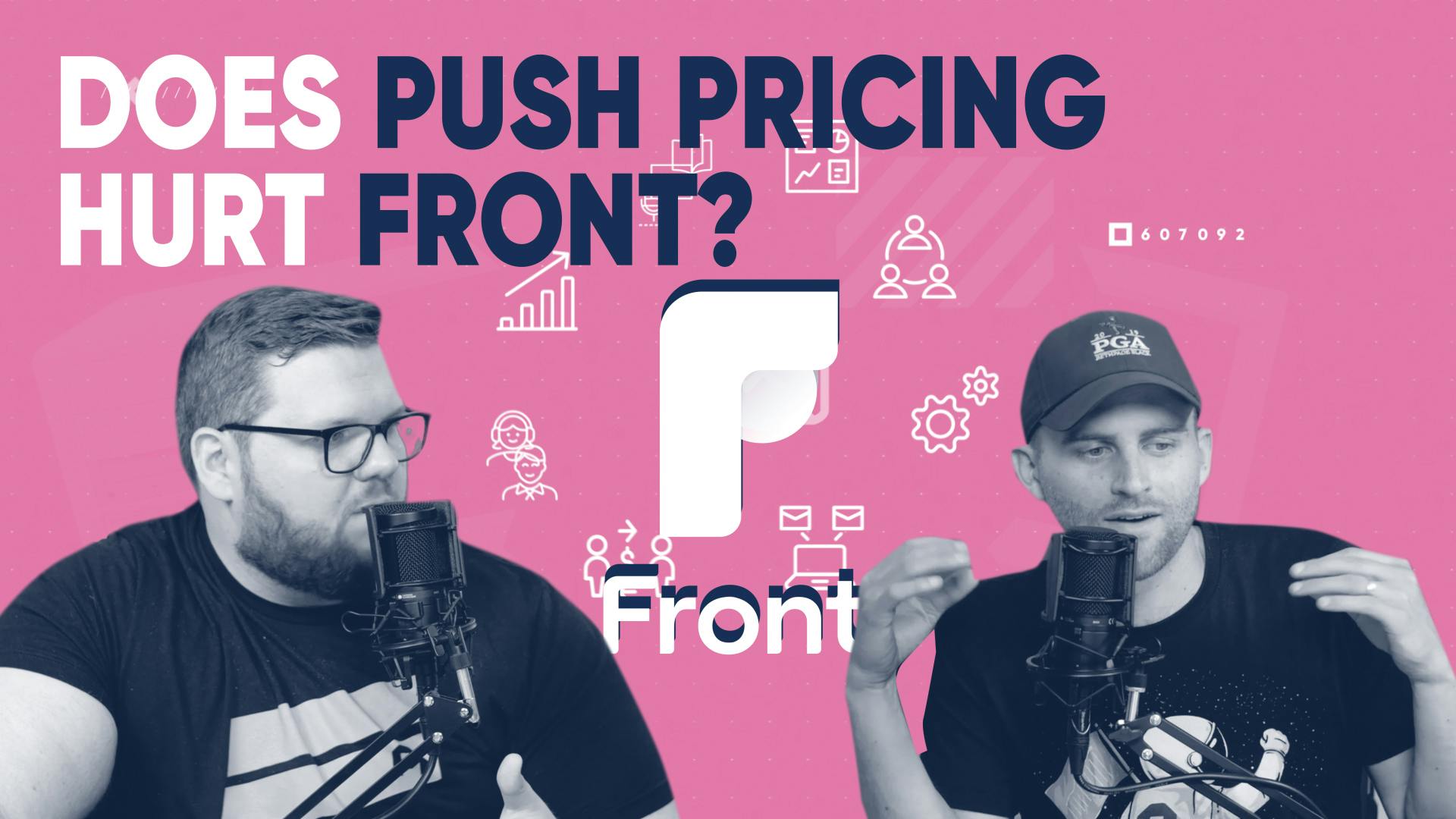
Does Freeletics' Pricing Strategy Need to Hit the Gym?
Overview of Freeletics
Freeletics is a well-renowned fitness app that offers a comprehensive range of services including coaching, training, and meal plans. Touted as Europe's leading fitness app, Freeletics boasts a healthy customer base and raised $70 million. But there's a catch! Despite their seemingly successful trajectory, Freeletics appears to have stumbled when it comes to their pricing strategy, an issue that several businesses unwittingly replicate.

Background of Freeletics
Freeletics was born in Munich, Germany, in 2012, courtesy of founders Andrej Matijczak, Joshua Cornelius, Mehmet Yilmaz, and Daniel Sobhani. Their main objective was to disrupt the costly fitness market by introducing a personalized training regimen that was both accessible and affordable to anyone with a smartphone. The app's standout feature is an AI-driven coaching system that designs personalized training plans based on a user's unique fitness level, goals, and feedback. When coupled with their nutrition features, Freeletics presents a solid contender within the saturated fitness app market.
Reaction to Pricing Page
While Freeletics does a commendable job in showcasing its value proposition and acquiring social proof, it appears to falter when it comes to their pricing. By situating themselves somewhere between premium and budget services, they might be underselling their offerings. On a 12-month basis, they charge around $100 per year, which seems undervalued given the quality and extent of their services.
Moreover, the pricing presentation could use some simplification. The current structure contains a multitude of fractional numbers and percentages which could potentially confuse users. A clearer, more direct presentation of their pricing could enhance their conversion rates.

Takeaways
Price Points
- Freeletics' pricing point requires careful scrutiny. Their current price point, hovering around $125 per year, might be too low given the comprehensive range of services they offer. Based on the analysis, there seems to be potential for increasing the price point to $150 without negatively impacting the perceived value.

Discounts
- The company offers a sizable discount for longer subscription periods, which is generally a good strategy. However, the presentation of these discounts, with various percentages and fractional numbers, could be confusing for potential customers.

Cost Calculator
- Freeletics provides a brilliant cost calculator, enabling users to compare their current fitness expenditure against the cost of a Freeletics subscription. This feature is highly innovative, but its execution could be improved. For instance, it could be made more prominent and used as a decision-making tool for potential customers closer to the point of purchase.

Recap
Freeletics has crafted a strong value proposition and made a mark in the fitness app market. However, it seems that they're not leveraging their position fully when it comes to pricing. By revisiting their price points, simplifying discount presentations, and optimizing the placement of their cost calculator, they could potentially enhance their customer conversion and retention rates. While they have a few areas to improve, they are also implementing several effective strategies that other businesses can learn from.
Remember, it's not just about being the cheapest or the most expensive. It's about effectively communicating the value that justifies the price point. This is where Freeletics, and many other businesses, can make improvements to realize their full potential.
Need help with your pricing?
Price Intelligently by Paddle is revolutionizing how SaaS and subscription companies price and package their products. Founded in 2012, we believe in value-based pricing rooted in first-party research to inform your monetization strategies. We combine expertise and data to solve your unique pricing challenges and catapult growth.
00:00:00:02 - 00:00:05:11
Patrick
Are they taking on future or are they taking on my fitness pal? Are they taking on the trainer? Like, I'm just confused.
00:00:05:16 - 00:00:19:05
Steve
Welcome to Pricing page. Tear down for paddles. Chief Strategy Officer Patrick Campbell breaks down what companies are doing well and not so well when it comes to their pricing strategy. Patrick, take it away.
00:00:19:07 - 00:00:43:06
Patrick
This week we're talking about Freeletics, the fitness app with coaching, training and meal plans and everything in between. Fun fact they claim to be the Europe's number one fitness app on their website and I'm keen to believe them. I use the word keen because they every $70 million with tons of success stories and happy customers but and it's a big but they're making a crucial error when it comes to their pricing that you're probably making too.
00:00:43:06 - 00:00:50:21
Patrick
But before we get to that though, Steve, tell us more about freelancers.
00:00:50:23 - 00:01:12:02
Steve
Freeletics was founded in 2012 in Munich, Germany, by Andre Maddock, Jacques Joshua Cornelius, the Met Yilmaz and Daniel Sobhani. They saw how expensive the fitness market was, so they aimed to provide a personalized training regimen for anyone with a smartphone. The high quality fitness guidance, both accessible and affordable free lettuce, is a mobile app that offers a suite of fitness programs.
00:01:12:04 - 00:01:30:21
Steve
Its main feature is a coach driven, A.I. powered system that creates personalized training plans based on the user's individual fitness level goals and feedback. Combine this with their nutrition feature and free lettuce stands as a solid competitor within the crowded fitness app market. Does Freeletics have what it takes to separate themselves from the competition? All that and more coming up.
00:01:30:23 - 00:01:34:18
Steve
Patrick, take it away.
00:01:34:19 - 00:01:55:06
Patrick
All right. So taking a look at their homepage, we've seen a lot of different fitness apps and fitness products over the years. Social proof always likes to work. You know, the number one fitness app. But one thing we noticed with fitness products that were able to demand a higher willingness to pay for the fitness apps that actually showed success stories in some particular way did so much better.
00:01:55:07 - 00:02:13:13
Patrick
We're talking 20, 30, 40% better on some of these core KPIs than those who kind of made it a little bit more generic. And when I look at Freeletics, I love the value props, I love what they're doing. I love the social proof for those 54 million people, but I don't really get any personalization when it comes to case studies.
00:02:13:13 - 00:02:41:04
Patrick
There are some ambassadors down here Show me a strength maximization, show me a CrossFit train, Show me some of these journeys. We have some kind of features, some success stories here. This is where they're getting into those success stories. I would bring those forward a couple of things. So first up, if I was Freeletics, I would scrutinize their price point and how they present that price point a lot more than they're doing right now.
00:02:41:06 - 00:02:58:06
Patrick
Because here's the thing that's happening in a lot of the world of fitness products, you have folks that are like future, future not fit, that are charging, I think, $150 per month. And you have like a guy or a gal who's your coach. So you have like premium on one end and then you have super, super cheap and free.
00:02:58:06 - 00:03:15:07
Patrick
Lenox is somewhere in between. You have a coach, but that coach is probably more skilled. There's a lot of data. There's all this other kind of fun stuff, but then you look at their price and on a 12 month basis you're talking a hundred bucks a year, I would argue, and we'd have to collect some data that they're too cheap.
00:03:15:07 - 00:03:35:12
Patrick
They're way, way too cheap. They can experiment with this in a couple of different ways. One is to kind of lower that discount threshold a little bit. But when I go to the actual plan here, you're looking at $125 per year. Those of you who've watched a long time know that that's a no man's land price point. If you're a $125, you should be $100 or $150.
00:03:35:12 - 00:03:53:16
Patrick
You kind of tap into that Amex effect at 125. You're losing folks who want to be at 100 and you're losing money for those folks who are totally fine with 150. So that's something that I would adjust. But just overall, on this pricing, I would really scrutinize these prices a lot more. This is just really confusing. The anchoring that's happening.
00:03:53:21 - 00:04:22:13
Patrick
If you have $1 in $0.83 per week, $2 in $0.40 per week, I'm comparing this to maybe buying a coffee, maybe something like that, which is maybe what they want. But then they're anchoring with this original price training and nutrition was $3.20 per week. I'm looking at so many fractionalized numbers in the context of a bunch of different percentages that I either just can confuse and just end up purchasing it because I'm confused and I'm just like, I want to move on from this, which is a strategy.
00:04:22:18 - 00:04:42:13
Patrick
Or I'm sitting here and I'm confused and I'm just like, I don't want to do the calculations. You kind of have to pick your poison. I think adding a little bit of context here, maybe adjusting where these percentages are. As a side note, percentages are historically not the right thing to get me to convert, showing me how much actual money I'm saving, especially in a consumer product like this, works so much more effectively.
00:04:42:13 - 00:04:58:00
Patrick
I would play with where do they exist in the market? I think if we did a pricing analysis, it would expose that they could actually demand a higher a higher price point doesn't have to even be that considerably higher. Something they're doing really, really well, though, are the plan and the time tweaks. And let me explain what that is.
00:04:58:02 - 00:05:30:08
Patrick
Even though there's some confusion here about what identity they are as an app, the plan structure that they're doing here makes a ton of sense. If you have a consumer product going straight for three months or going for a six month or 12 months is a very, very, very smart move. It's one of those things where you get increased retention because especially with fitness products, if you're not a gung ho like, you need a couple of months for that coach or those reminders or those push notifications to get you more retain and three months is a perfect amount of time to see are you going to be a customer for a long time or are
00:05:30:08 - 00:05:51:11
Patrick
you someone that's just going to come back in six months after you've tried to do this again? So getting them on three, six or 12 months plans makes a ton of sense. The other thing that you hear that not a lot of people realize is this weekly pricing. So I looked into their billing very moderately without actually purchasing the product and it looks like they fulfill this all the way through to how you're actually charged.
00:05:51:12 - 00:06:09:14
Patrick
You can say every four weeks, if it's a monthly plug and all of a sudden you'll have almost an entirely additional billing cycle because there's 52 weeks per year, 12 months out of the year, and you're basically getting that extra couple of weeks there that makes the most sense. So that's something that's really brilliant that everybody could take.
00:06:09:18 - 00:06:31:21
Patrick
And it's also one of those things that I think that is pretty common in the world of fitness, especially when you're trying to compare yourself to a personal trainer, which I think is brilliant. So that's something that everybody can steal, not only the plan piece to get increase retention of lifetime value, but the weekly type pricing last up Freeletics does a really, really good anchoring exercise with their compare your cost calculator.
00:06:31:23 - 00:06:52:10
Patrick
I don't know why this is buried. I had like we almost missed this. It was on the bottom of the training tab of their website, of their current website where they're recording, but they had this really sleek compare your cost product. They have four questions here. First, how much you spend on your fitness every month, how many times you workout per week, let's just say four times a week.
00:06:52:12 - 00:07:11:01
Patrick
How long is your commute to your workout? You know, let's say 20 minutes, and then how much you spend in nutrition. I do have a nutrition coach who I talk to you every single day, and that's not cheap, unfortunately. But my current setup, I have a breakdown here that if I got the 12 month option, my current setup would be $659 per month.
00:07:11:01 - 00:07:28:14
Patrick
They're basically saying it would be $10 per month. I'm not sure that this works in their favor because again, going back to some of the anchoring we're talking about, let's say I filled this out without that, you know, nutrition coach. So I'm looking at $80 a month and then all of a sudden they're recommending their nutrition bundle for $10 per month.
00:07:28:16 - 00:07:51:17
Patrick
This is so disparate, I get into this mood of they can't do what I'm getting out of my current arrangement for that price. Right. And so that's the thing that gets really, really kind of funky here because the compare your cost calculator like this is brilliant, right? I would have loved to see that on the pricing page, something that's a little bit higher mind, but it is one of those things that they have to anchor this a little bit better.
00:07:51:17 - 00:08:12:23
Patrick
I would use this deep in the decision making process, make it kind of an offer like this is an hour ally calculator. If you're B2B or something where you can kind of compare your cost. So I think they get like definitely an A-plus for effort here. I think it's really, really well-done, but maybe like a B for effectiveness because it could be a little bit more effective of where you find this and also a little bit more effective and how they kind of compare and contrast.
00:08:13:04 - 00:08:40:01
Patrick
Again, pull in those testimonials, pull in like the social proof into this particular page, and then all of a sudden I'll click this and go to the actual check out and make my purchase for the product. So a lot of great things that we like, some things that, you know, could be improved here. One, I would just scrutinize the pricing there in this kind of like, you know, middle ground where they're not the cheapest, but they're definitely not the most expensive.
00:08:40:07 - 00:08:55:22
Patrick
I think what that means is they should be a little more expensive. Remember, you can only have one cost leader in a market, and if you're not the cost leader, you shouldn't be trying to be the cost leader. Next up, planning and time tweaks. They did this really, really well. I think their plan arrangement of three, six, 12 months.
00:08:55:22 - 00:09:21:01
Patrick
Exactly right. Especially if they fixed some of those price pieces. The weekly billing is a brilliant, brilliant, brilliant, brilliant thing to get a little bit more revenue for the exact same product, exact same type of value that you're providing. And then the final thing, compare your cost cost calculators. I'm a big fan of putting those in an arrangement where they can be found when the person is going to be most scrutinizing the costs of bringing it into that pricing page or making it a particular offer that people find on certain types of content.
00:09:21:05 - 00:09:39:03
Patrick
But make sure you're pulling through that value prop not only kind of the compare and contrast of why you're cheaper and how that's a good thing still, where you're getting more with less, but also bringing in those testimonials. Even if you're in the world of B2B, it's important that we're constantly reinforcing that value and not making it just about the price point because that can backfire.
00:09:39:06 - 00:09:50:14
Patrick
That's it for this episode of Pricing page teardown. If you're free, let a competitor or anyone else wanting some help with your own pricing strategy. Hit me up a PC@paddle.com for everyone else. Make sure you sign up and subscribe. We'll see you next week.
